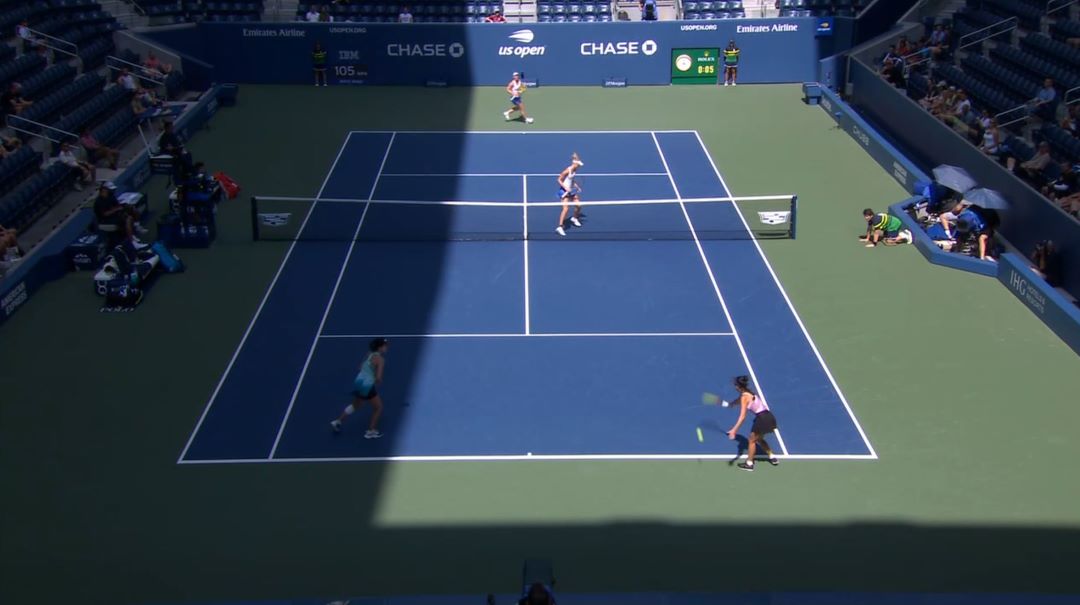In the personal productivity domain, “flow” is a state of optimal performance and efficiency characterized by full engagement and focus. Flow is associated with higher levels of productivity and being completely absorbed in one’s work. Today, we are examining how the concept of flow described in ‘Designing Your Life: How to Build a Well-Lived, Joyful Life’ can be used specifically for tennis. The authors of the book assert that regularly achieving a state of flow is a key aspect of a happy life. They are definitely onto something.
The concept of “flow” is already well ingrained within the sport. In a match, that word accurately describes a player who is performing well. Within (and sometimes outside) the bounds of good sportsmanship, people are coached and advised on methods to disrupt their opponent’s flow. This state of optimal performance, when a player is fully immersed in their game, is exactly the same concept as flow in the personal productivity realm.
Sometimes I hear flow and “the zone” used interchangeably, but I consider them to be separate but related concepts. A player who is in the zone experiences a sense of effortless execution and high performance. However, the zone refers to a state of absolute peak performance. A player who is in the zone is most certainly also in a state of flow. However, a player in the flow, more often than not, will not be zoning as that is a rare and elusive thing to achieve.
People who compete well in tennis have the ability to consistently put themselves into a state of flow. While I don’t think it can be turned on and off like a faucet, the discipline of putting oneself into the mental and physical condition where flow occurs arguably can. That starts with identifying and examining when flow was achieved to identify the factors that led to it happening.
The authors of Designing Your Life link being in a state of flow with joy. An optimal experience of full immersion, focus, energy, and deep engagement certainly fits the definition. Consequently, a tennis happiness journal, as discussed yesterday, should be used to record when a player achieves a state of flow. That can spark the identification of the conditions and factors that contributed to its occurrence.
There is a connection between peak performance and joy. Learning how to harness the mind and body to more consistently achieve a state of flow can unlock a pathway to higher performance.
Throughout 2024, I am publishing a series of essays imaging how to apply the principles in ‘Designing Your Life: How to Build a Well-Lived, Joyful Life‘ (<- sponsored link), which is a non-tennis book that I have come to believe that everyone should read.
A chronological summary of all posts on this topic is available on the Designing Your Tennis Life summary page.




